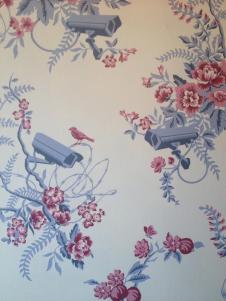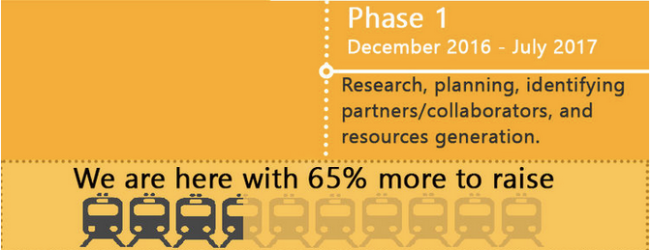
At the Institute we are going through a period of transformation. Before we can start building new things, we have to do a lot of cleaning up and should not forget the bigger picture in spite of the frustration coming from tons of banal daily tasks.
Fear is often the first response to change along with great diffidence for those who want or have to promote alternatives.
Yesterday I was talking to my colleague, the real cornerstone of the Institute, about this complicated period: about what we are doing, what is expected of us and about how we need to keep focusing on the vision we are striving to realise. My colleague is a very serious person, a man of few words; discussions with him don’t divert from what is essential neither do they indulge in gossip or self-celebration.
The problem in this country – he told me – is that nobody looks at the future; people are not even sure that a future exists. That’s why we are all here holding on to the present, trying to get the most out of it for ourselves, for our own personal interest, without even thinking of a greater good.
I replied that such an attitude is an enormous obstacle for those who are working in education as they build in the present with an eye to the future.
It is a matter of bad habits – he continued. People are happy with what they have now, the little privileges they have accumulated and close off against anyone who tries to question them.
A bit discouraged, I asked: What are we doing here then?
Before averting his eyes and going back to work, he answered: We are here to make hope.
I just can’t stop thinking about this conversation. These two words – make hope – have completely changed the way I look at things. I have always thought of hope as a dimension of the heart and the soul; as a beautiful feeling, a source of optimism that may however run the risk to turn into a passive waiting for a better future to come. And now I discover that hope is something you can make.
I think this is the beginning of a small revolution. I came to the Institute thinking that I was here to revive the educational offer and now, all of a sudden, I find myself to be here to make hope. The weight of such responsibility terrifies me, but at least now I know that I am in a domain that is familiar: whether I succeed or not is a different story, but at least I can try – at least there is plenty to get my hands dirty.

 There are places that seem to be made of the stuff of legend: you know that they exist, that they are there somewhere, but their physical dimension remains abstract and mysterious.
There are places that seem to be made of the stuff of legend: you know that they exist, that they are there somewhere, but their physical dimension remains abstract and mysterious. 





